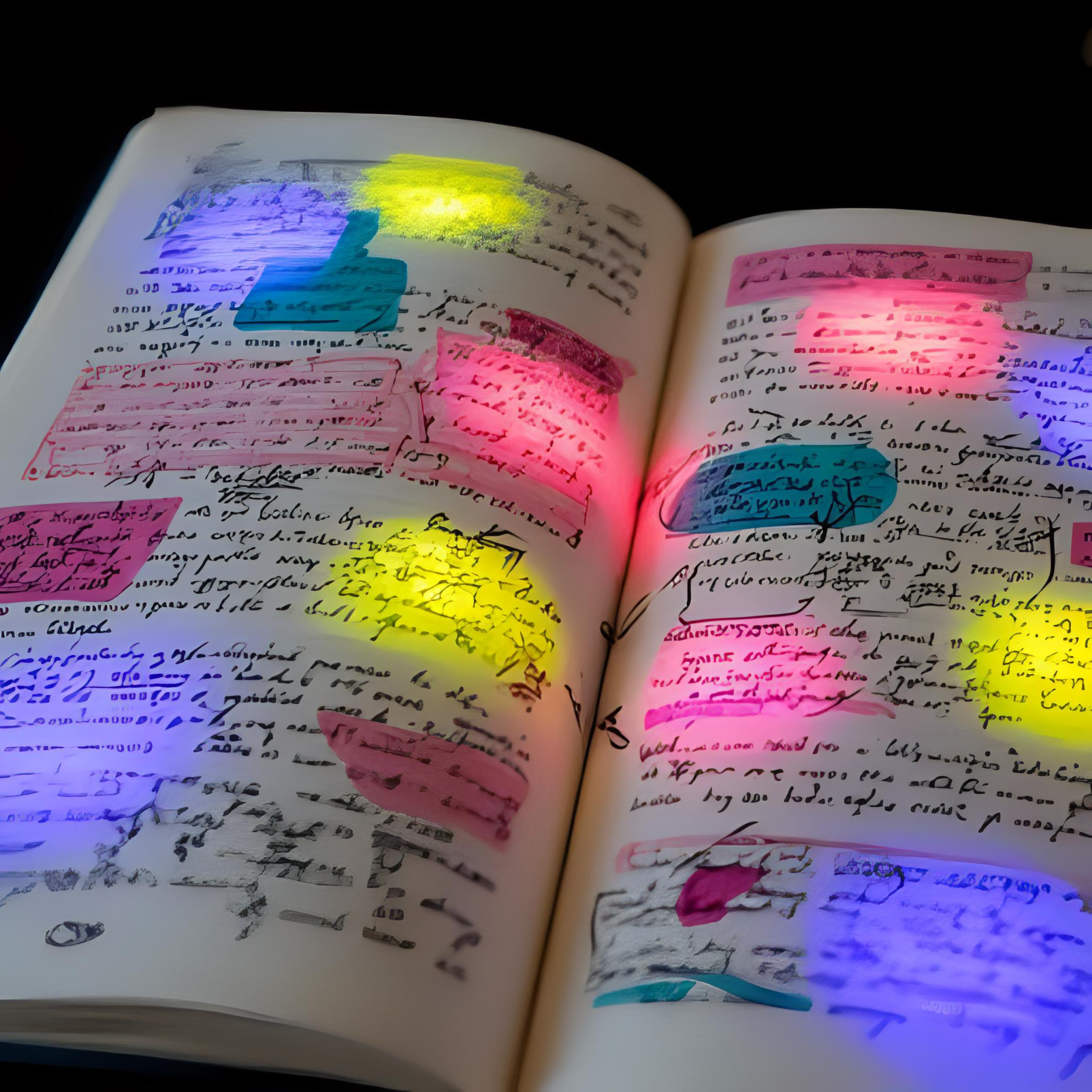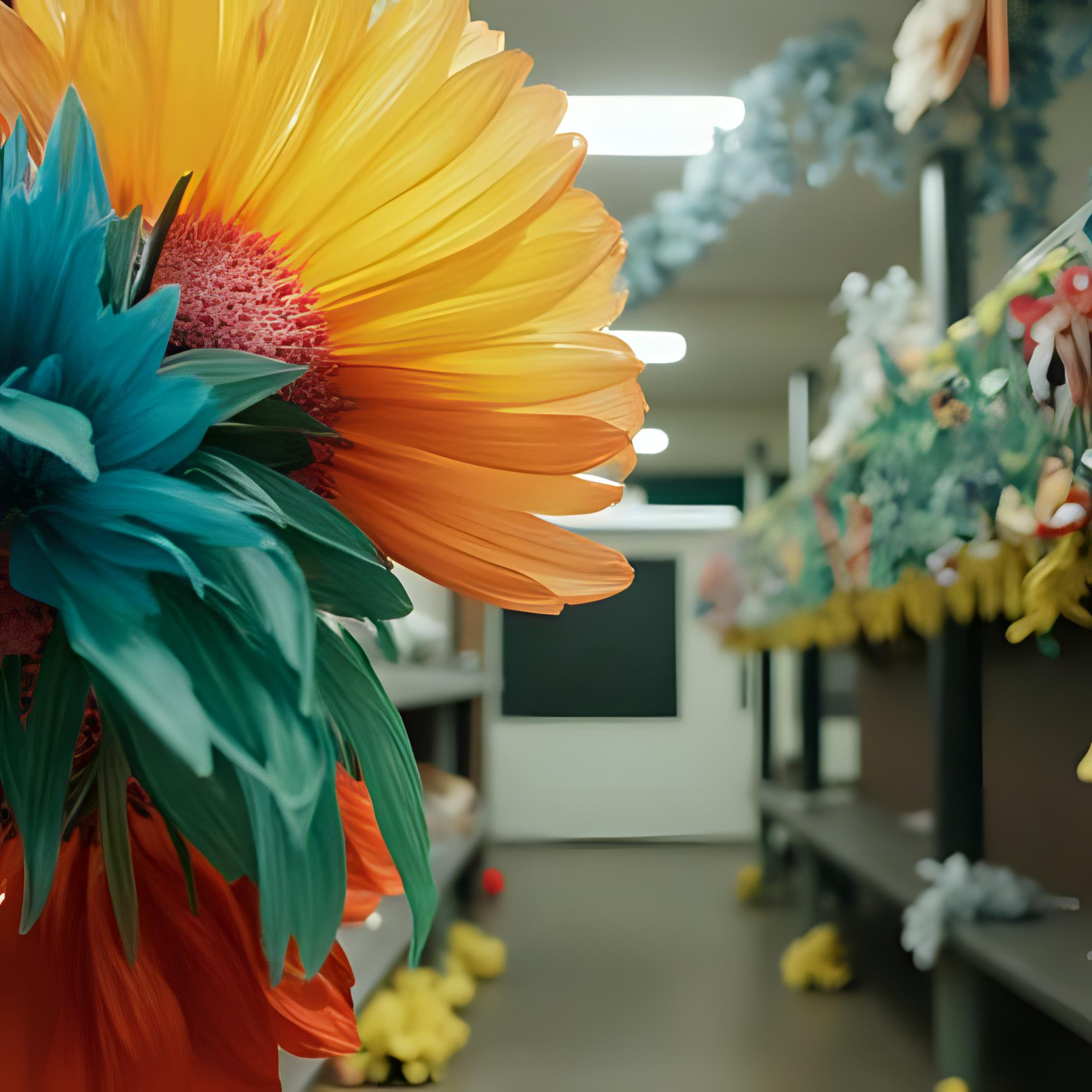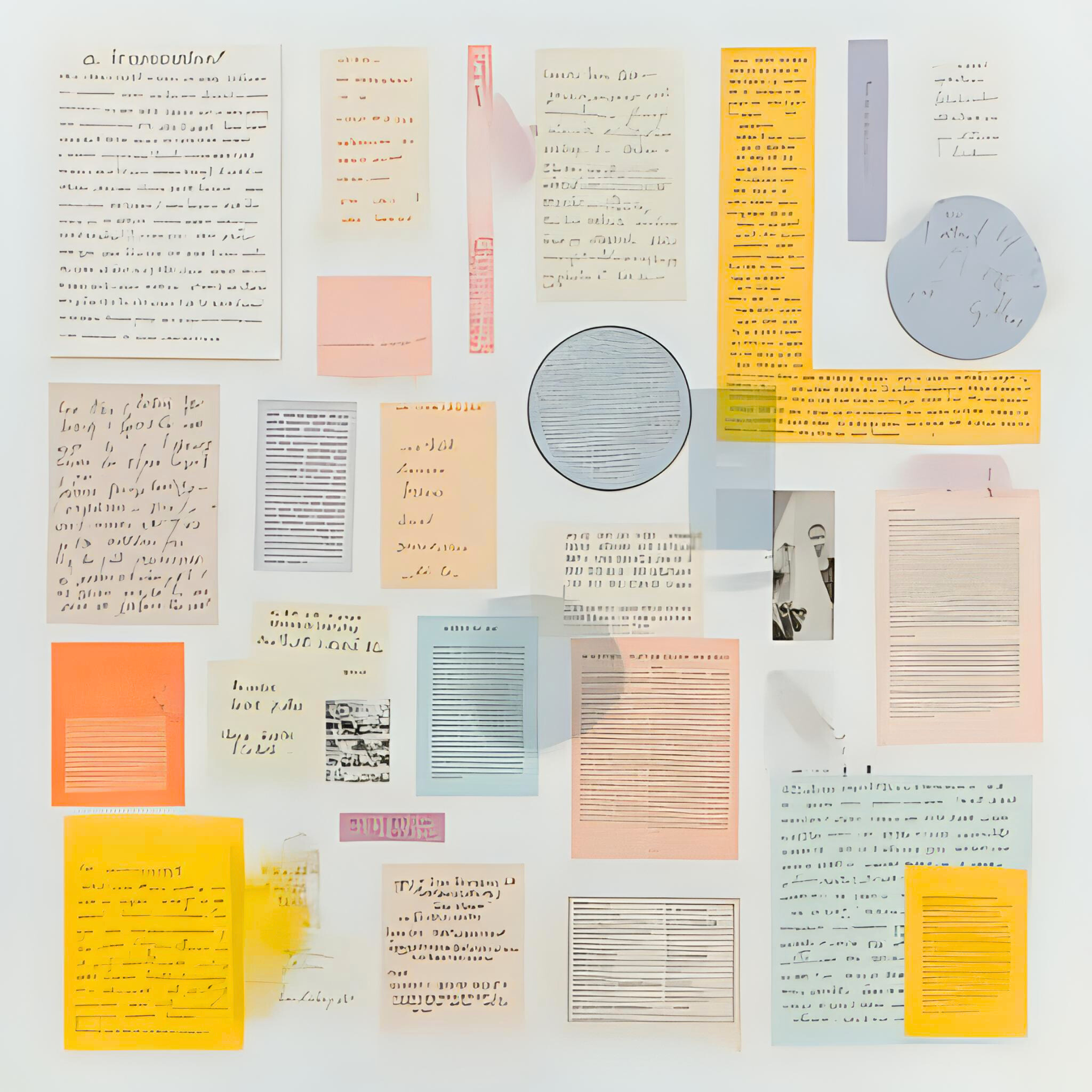Margins
The scribbled thoughts in the margins of literature—personal essays, literary drift, and sideways glances at language and form.






Notes from the Side
NOTES FROM THE SIDE
by Ginly Weydh
I’ve always liked the edges of things.
Not the center of the page, where the big declarations go—but the margins. The soft white border where people scribble what they really think. Where teachers leave tiny ticks and question marks. Where someone—maybe you—draws stars or spirals or little sad girls with very long arms.
Notes from the Side
by Ginly Weydh
I’ve always liked the edges of things.
Not the center of the page, where the big declarations go—but the margins. The soft white border where people scribble what they really think. Where teachers leave tiny ticks and question marks. Where someone—maybe you—draws stars or spirals or little sad girls with very long arms.
Margins are where you talk back to the text. Whisper, really.
They’re where the book becomes a conversation.
When I was a kid, I used to check out library books and get a thrill if someone had underlined a passage in pencil. Someone else was here. I’d try to guess who. I’d read that part out loud to see what they saw. The book turned into a palimpsest—layers of reader on reader on writer.
That’s kind of how I read everything now.
In layers. Through time. With a highlighter in one hand and a sticky note in the other.
I think most of life happens in the margins, too.
You can look right at the plot—school, job, family, errands—but the good stuff, the glowing stuff, happens in the in-between:
That weird comment a stranger made that stuck with you.
The smell of the room where you read your favorite book.
The half-finished story you told a friend that somehow felt more real than the finished one.
Even when I write, I usually start off to the side. A word. A vibe. A weird thought that doesn’t know where it belongs yet. I keep notebooks full of these marginalia: “a town made of music stands,” “a storm that rearranges faces,” “dream logic, but legal.”
They wait in the wings until a story comes looking for them.
So this part of oolooolio—this subcategory you’re in right now—it’s called Margins for a reason. It’s for the asides. The quiet observations. The readerly tangents. The weird little essays that live just outside the lines of genre or structure.
Some of what we write here might never fit anywhere else.
But I like it here.
It feels like home.
— Ginly Weydh

